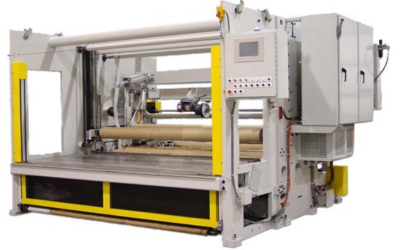

August 21 2023
Gabriela Martin, Marketing Coordinator , Joe Connelly, Director of Engineering

In the production of nonwoven products, it is critical that manufacturers select the appropriate surface winding machinery for their operating process. Using the right equipment can significantly impact important factors such as production efficiency, product quality, and overall profitability of the nonwoven goods produced further downstream. There are many key considerations that decision-makers should keep in mind when choosing surface winder machinery for their nonwoven applications, which are explored in depth throughout this article.
Production Requirements and Capacity: Understanding your production requirements is the first step in selecting the correct surface winding machinery. Factors such as anticipated production volume, roll dimensions, and speed requirements should each be evaluated to ensure you find the right fit. It should also be determined whether you need a standard winder or a high-speed model, which can be made clear once you calculate the desired capacity and output of the machinery for your needs. Assessing these factors of production requirements and capacity ensures that the chosen equipment aligns seamlessly with your production goals.
Material Compatibility: Different nonwoven materials require varying handling techniques and features. Consider the characteristics of the materials you work with, such as thickness, weight, and surface properties. Certain materials may require gentle handling to prevent damage, while others may necessitate additional features such as edge control mechanisms or specialized tension control systems. Ensure that the chosen surface winder is compatible with the specific nonwoven materials used in your manufacturing process.
Flexibility and Customization: Nonwoven manufacturers often deal with a wide variety of product types and sizes, as they serve a vast range of industries including filtration, construction, healthcare, automotive, and personal hygiene. Due to this great diversification, it is necessary to seek out surface winding machinery that offers flexibility and customization options. Equipment offerings with modular designs and adjustable components allow for easy adaptation to different nonwoven products. Additionally, it is crucial to consider the availability of customizable features, such as roll diameter adjustment, speed control, tension settings, and edge control capabilities, all surface winder tools which accommodate diverse production requirements.
Automation and Advanced Controls: Automation technology has revolutionized the nonwoven industry, improving efficiency and reducing human error. Because of these benefits, it is important to evaluate the level of automation and control offered by a prospective surface winding machine. Advanced features such as automatic roll changes, integrated tension control systems, real-time monitoring, and data collection capabilities can significantly enhance productivity, consistency, and quality control. Choose machinery which aligns with your automation goals and integrates smoothly with your existing production setup.
Maintenance and Service Support: Regular maintenance is an essential factor to keeping your surface winder running smoothly once you have attained the technology. As this will likely become a regular part of your post-purchase routine, it is important to assess the maintenance requirements of the equipment and ensure that the manufacturer provides comprehensive service and support. It is ideal to secure a supplier who offers timely spare parts availability, preventive maintenance programs, and responsive customer service. Choosing a reliable and reputable manufacturer ensures minimal downtime and maximum productivity to enable the achievement of your operational goals.
Safety and Compliance: Maintaining a safe working environment should be paramount to any purchasing decision involving new machinery, as operator safety must always remain the top priority. When looking at surface winding machinery, consider the safety features incorporated into the equipment, such as fixed or barrier guards, presence sensing devices, emergency stop buttons, safety interlocks, and safeguarding systems. Ensure that the equipment meets industry safety standards and complies with all recent and relevant regulations such as the compliance in manufacturing to the latest ANSI B11 and UL508A standards at a minimum to ensure guarding of pinch points. Area personnel protection should always be provided via scanners, safety mats, and light curtains, and machine risk assessment should also be considered. Prioritize the purchase of surface winder machinery that in turn prioritizes the safety of its operators and provides clear documentation and training materials. This way, you can have peace of mind with your purchase decision, enjoying its positive effects without worrying about negative outcomes for those working directly with the equipment.
Long-Term Value and Return on Investment: Investing in surface winding machinery is a long-term commitment, which is why it requires a large amount of preemptive analysis and consideration. In looking at the details, it is important not to neglect consideration of the overall value and return on investment (ROI) of the equipment as well. Compare initial costs, maintenance expenses, and potential energy savings this equipment could bring. Consider the reputation and track record of the manufacturer, as well as the longevity and durability of the machinery. Choosing high-quality equipment may require a higher upfront investment but will often be more worth it in the long run as it can lead to reduced downtime, increased productivity, and higher-quality output down the line.
From each of the factors listed above, it is clear that choosing the right surface winding machinery for use in nonwoven applications is a decision which significantly impacts each of your manufacturing processes and outcomes. By carefully considering production requirements, material compatibility, flexibility, automation capabilities, maintenance and service support, safety features, and long-term value, you will be able to make an informed decision which aligns with your business goals and sets you up for inevitable success in the diverse and dynamic industry of nonwovens.
To continue toward success in your search for this perfect surface winder to meet your needs, it is crucial to collaborate with experienced machinery manufacturers that can help find the solution to fit your unique requirements. At Parkinson Technologies, we provide this assistance through our Parkinson Winders brand of equipment, in which industry experts are able to provide a wealth of knowledge on choosing the right winder for your company as well as presenting possible options from our high-quality Parkinson Surface Winders line. For more information about our Parkinson Winders brand of surface winders, or to find which winder would be best suited to fit your business needs, please fill out the form below.